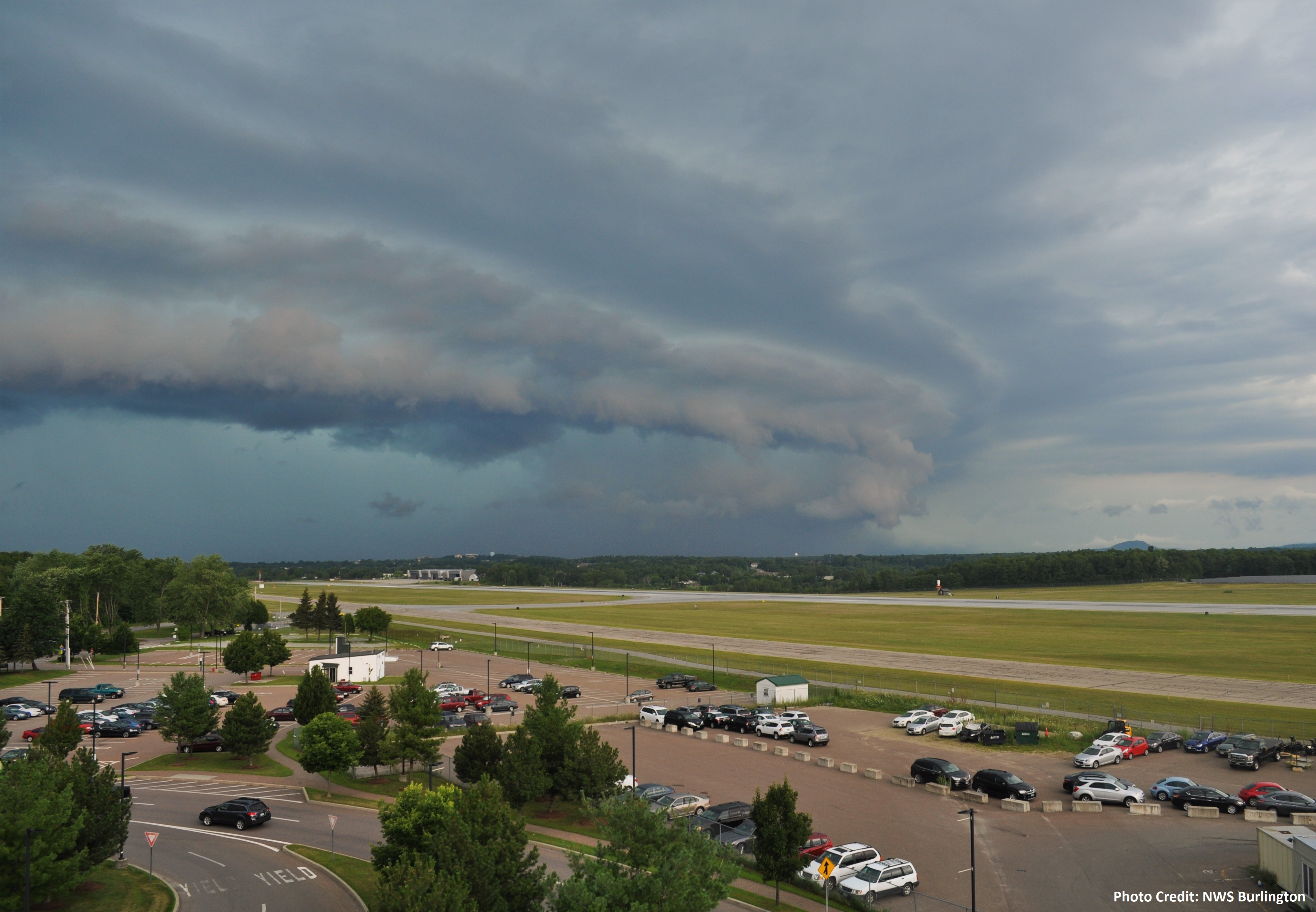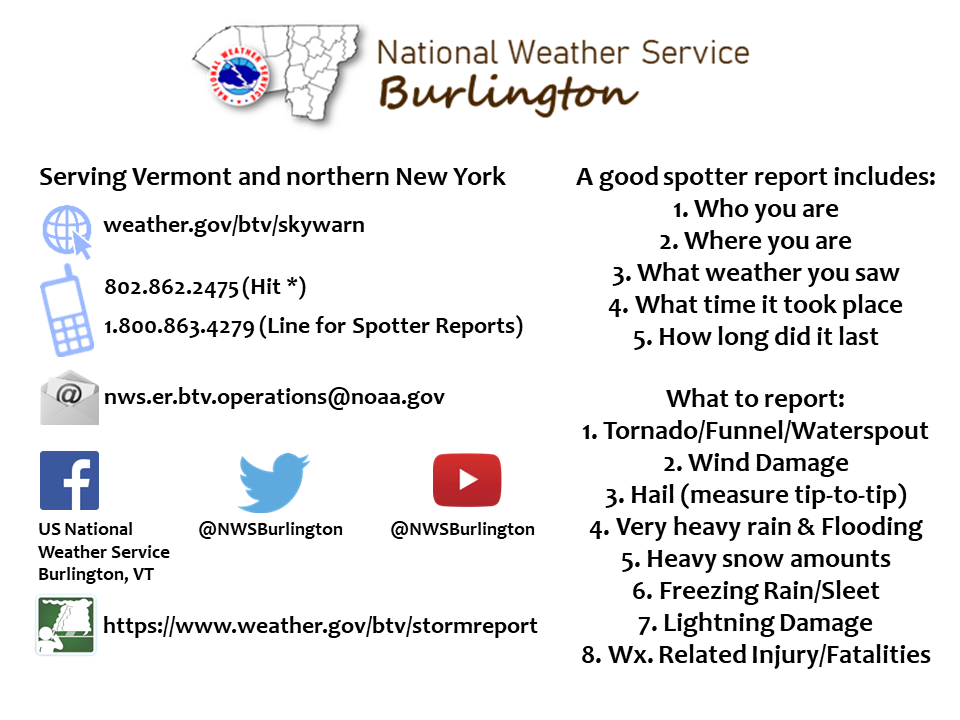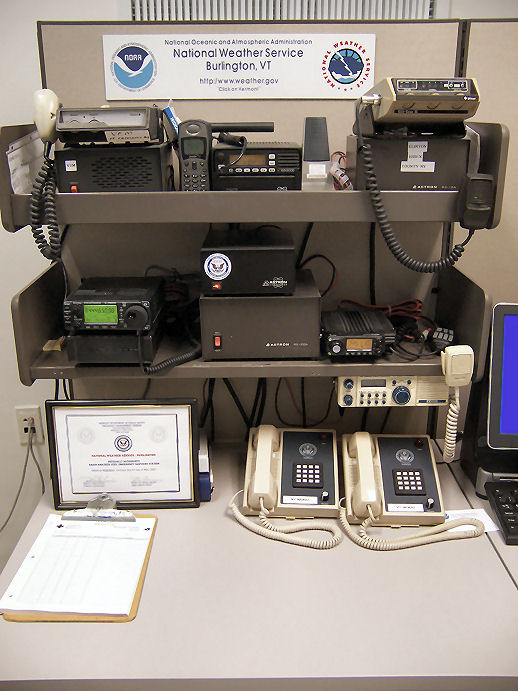
A Clipper system will enter the region by tomorrow morning with associated widespread snow. Snow will arrive by early tomorrow morning with accumulations between 3 and 7 inches. The heaviest of the snow will be between 9AM and 3PM, with additional snow showers through Wednesday night. Snow could impact the Wednesday morning and evening commute. Gusty south winds to 20-30 MPH will also be possible. Read More >

| What is SKYWARN®? The National Weather Service has a wide array of satellite, radar, and automated observation stations used to assess significant weather, but nothing can beat the value of visual confirmation. In the 1960s, SKYWARN® began as an effort to create a network of volunteer weather spotters to provide accurate observations of hazardous weather to the National Weather Service straight away. This aids the forecaster in making informed warning decisions and impact statements that can protect lives within our communities. Your input greatly enhances our capabilities and we thank you for your interest in the SKYWARN® spotter program. We're happy to announce a new resource for our Skywarn Spotters! An ArcGIS StoryMap Collection about our regional weather is now available for your enjoyment. |

| How to join SKYWARN® There are several ways that you can become a certified SKYWARN® Spotter:
Please contact us via phone or webmaster to set up any courses, here are the general requirements:
|
In-Person Training Events:
| Date | Location | Time |
|---|---|---|
| N/A | N/A | N/A |
Classes via GoToWebinar Session:
| Date | Registration | Time |
|---|---|---|
| N/A | N/A | N/A |
* Follow the registration link provided.

Feel free to use the image above as a print out card [click to enlarge]
| EVENT TYPE | THINGS TO REPORT |
|---|---|
| TORNADO | Observed on the ground or sustained, rotating wall cloud/funnel cloud. Is there a waterspout? What damage has occurred? If safe, can you see where it is headed? |
| HAIL | Measure the largest hailstone or compare to common objects. Quarter size hail is considered severe. For a detailed table click here. |
| WIND DAMAGE/GUSTS | Report downed trees/powerlines or use an instrument to measure. Wind gusts over 58 mph are considered severe. |
| FLOODING | Report flooded roadways, rivers at or over bank full. Is it standing or flowing water? Is it rising or falling? Is there any damage? Is there water in businesses/homes? Is it an ice jam? |
| HEAVY SNOW | Snowfall rates > 1”/hour or a storm total amount. Are there white out conditions? |
| ICE | Report sleet or freezing rain. Check here for how to measure ice accretion. Report hazardous road conditions or damage. |
| OTHER | Unusually frequent lightning or any lightning damage. Changes in precipitation type, especially if not forecasted. Report blowing snow. |
We're happy to announce a new resource for our Skywarn Spotters! An ArcGIS StoryMap Collection about our regional weather is now available for your enjoyment.
Below are slideshows of our most recent warm season and cool season certification presentations. These will be refreshers for you.
This is our latest warm season slide show, and this is our cool season slideshow.
Our recent Advanced Skywarn Course on Radar, Satellite, and Severe Weather Operations can be found here
Certification will not be assigned based on simply reading or listening to these courses. If you are interested in joining, please reach out, and we will provide instructions.
| Hail Diameter | Size Description |
|---|---|
| 1/4" | Pea Size |
| 3/4" | Penny Size |
| 7/8" | Nickel Size |
| 1" | Quarter Size |
| 1 1/4" | Half Dollar Size |
| 1 1/2" | Walnut or Ping Pong Ball Size |
| 1 3/4" | Golf Ball Size |
| 2" | Hen Egg Size |
| 2 1/2" | Tennis Ball Size |
| 2 3/4" | Baseball Size |
| 3" | Teacup Size |
| 4" | Grapefruit/Softball Size |
| 4 1/2" | CD/DVD Size |
| Wind Speed Estimate | Description |
|---|---|
| 25-31 mph | Large branches in motion; whistling heard in telephone wires/trees |
| 32-38 mph | Whole trees in motion; inconvenience felt walking against the wind |
| 39-54 mph | Twigs break off trees; wind generally impedes forward progress while walking |
| 55-72 mph | Damage to chimneys and TV antennas; pushes over shallow rooted trees |
| 73-112 mph | Peels surfaces off roofs; windows broken; light mobile homes pushed or overturned; moving cars pushed off road |
| 113-157 mph | Roofs torn off houses; cars lifted off ground |
WX1BTV Amateur Radio Station
Monitored Frequencies:
Northern New York: Whiteface Mountain ARES/RACES repeater at 145.110 MHz. Daily weather nets at 7:30 am and 7:00 pm
Vermont: Monkton Repeater at 444.650 MHz, linked repeater system covers much of VT. Monitored as needed during active weather
Equipment:
WX1BTV is an officially authorized Vermont Emergency Management Radio Amateur Civil Emergency Services (RACES) station. The Icom 706 was chosen to match RACES radio equipment already in place across Vermont. Any Vermont RACES operator deployed to NWS Burlington would already be familiar with its operations.
For any questions please contact btv.webmaster@noaa.gov
BTV Ham Radio Shack
Mouseover radios for descriptions
